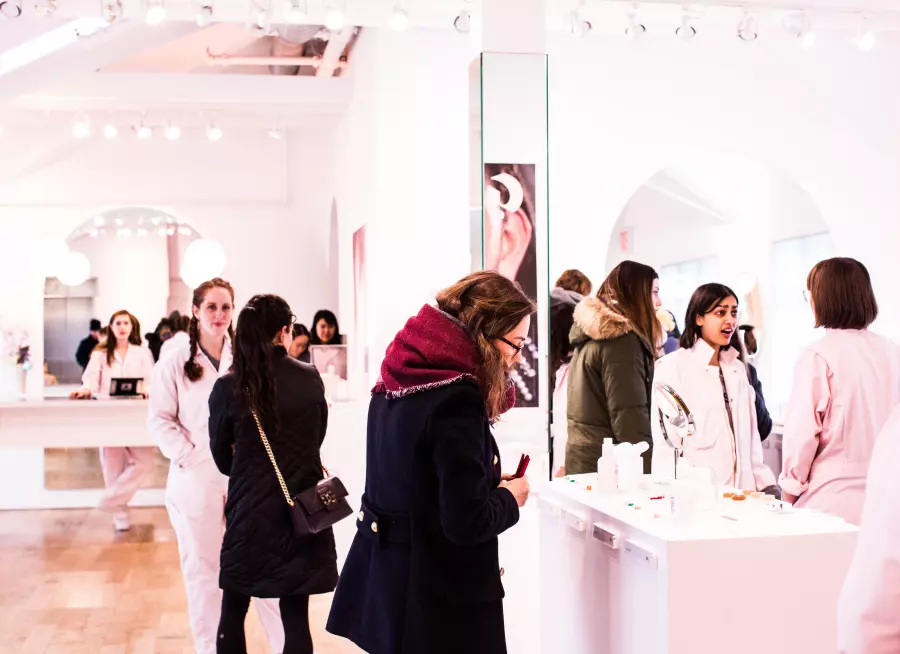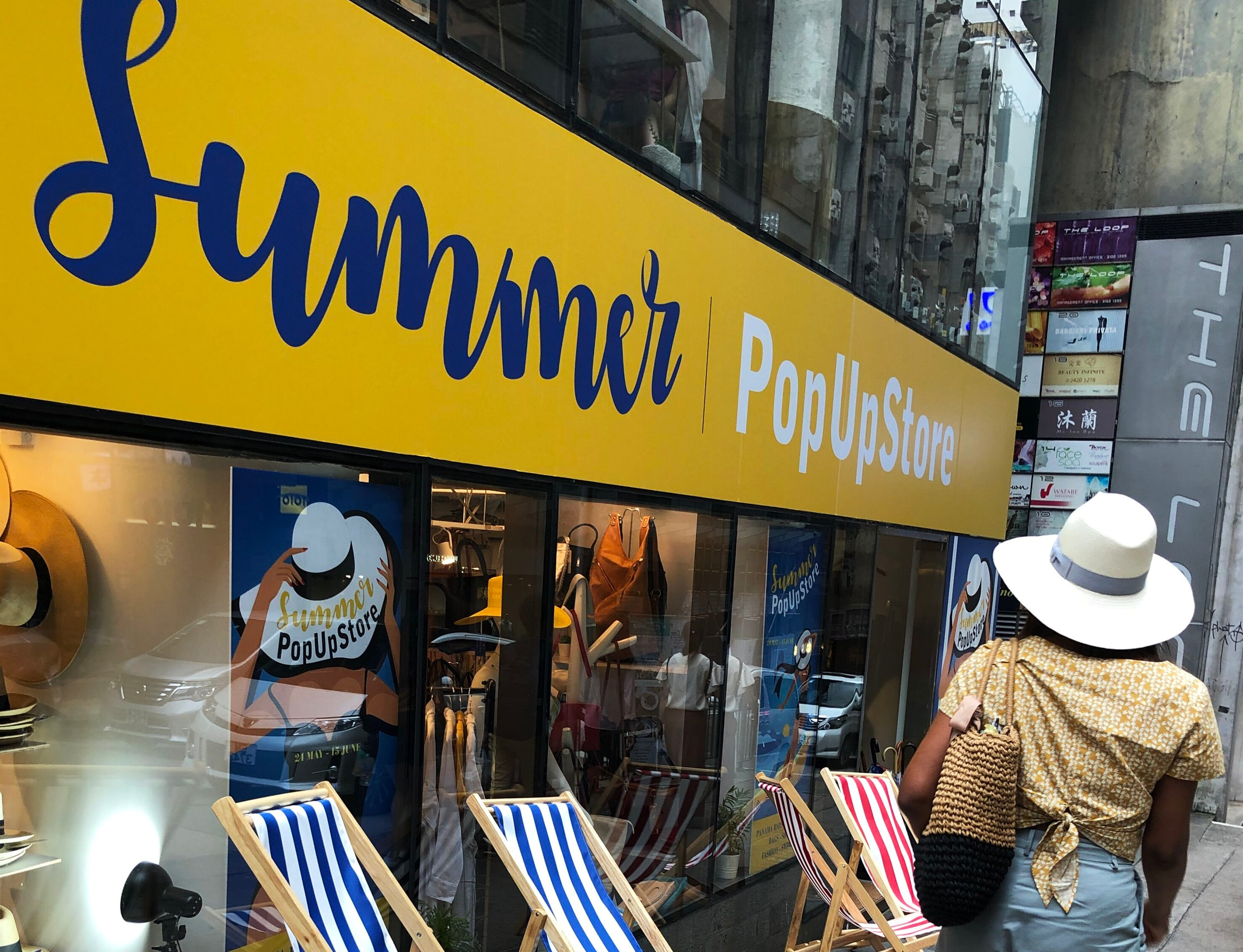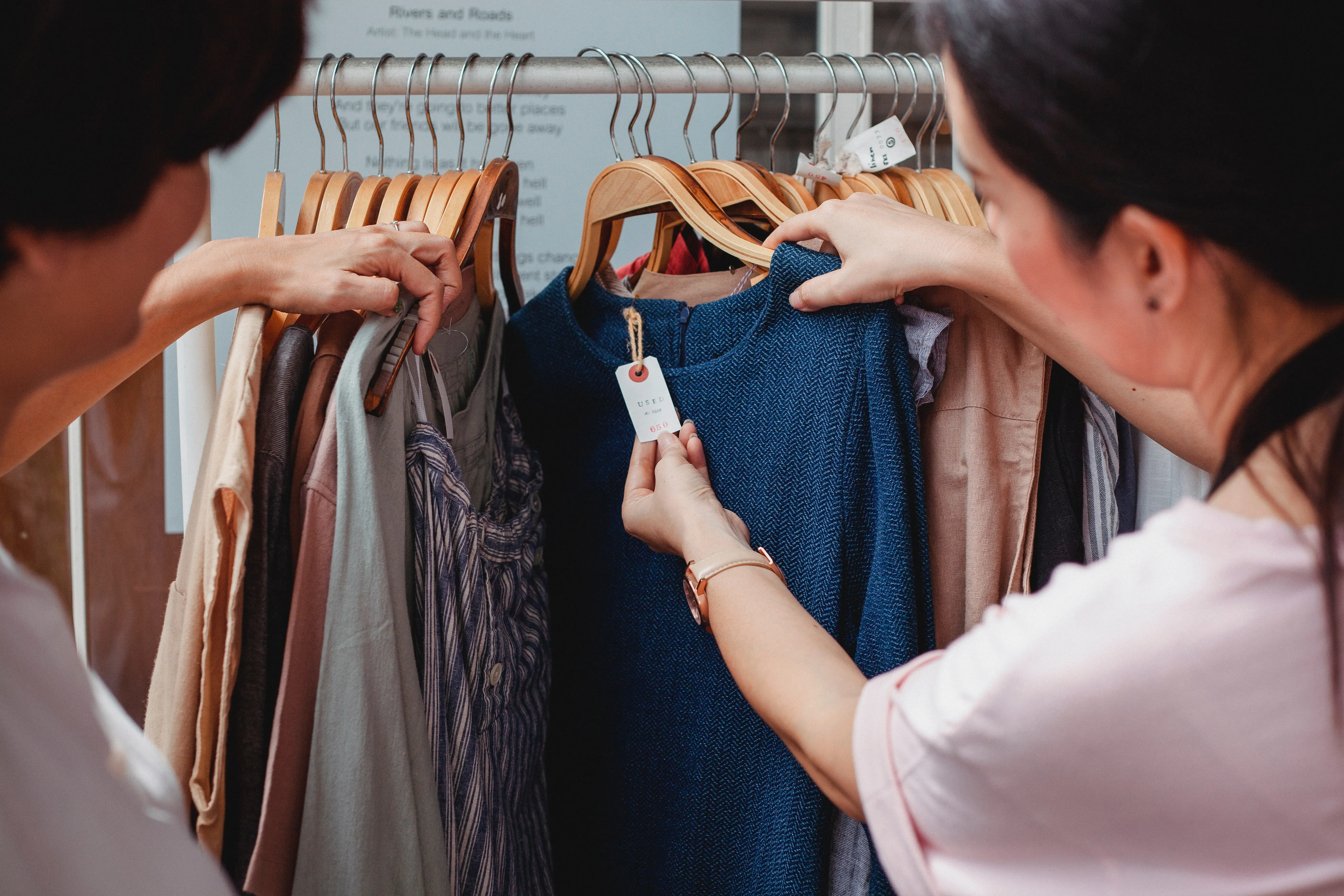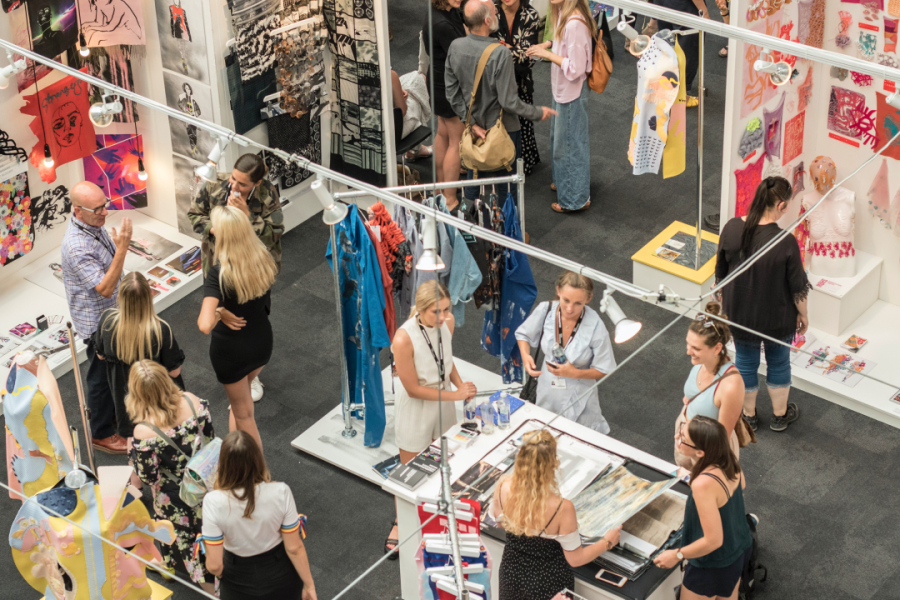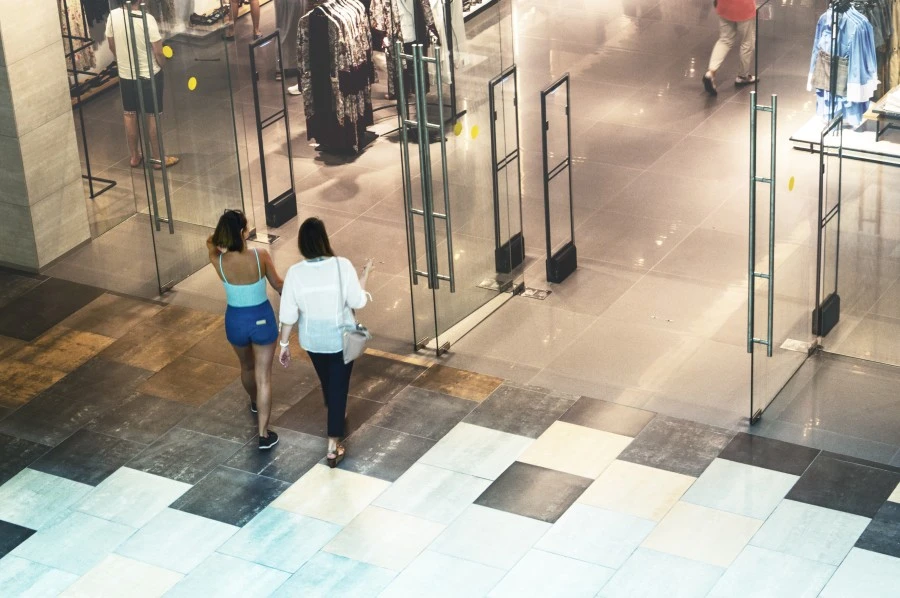Article 10 Jun 2022
These are the 9 key insights all stores and malls should look at daily
Online stores live in the luxury of having all the insights they need. For them, daily insights about their visitors and customers are common, but stores and malls live in a different reality. Most of them lack valuable insights about their visitors. But if they were to decide to get more insights, what insights would provide the highest value?
Is it really possible to generalize and claim that 9 insights are more important for all types of stores and malls?
- The answer is both yes and no. Both stores and malls use people counters to gather insights about their visitors and studies conducted by Indivd show that 44 insights are considered particularly valuable. There are differences between stores and malls, but the following 9 insights are considered the "Most valuable" by both stores and malls in different sectors. One insight, which is admittedly considered very important for stores and yet not included in this top list, is conversion rate. And another insight, which was left out for malls, is the visitors 'purposes, that is, whether the visitors' purposes are, for example, to pass, shop for clothes or watch a movie.
- Feel free to send an email to hello@indivd.com to receive a complete report specifically for stores or malls.
Another important question is: What benefits does a store or mall have from having these insights?
- Using people counters in your stores or malls to gather insights increases the understanding for your visitors. This means that stores and malls get and improve understanding customers' appreciation of your brand and products, as well as gain a better insight into their customer experiences. The insights also help to understand whether online and offline marketing attracts the intended target groups and whether stores have designed, produced, and delivered the right products to the right places. All this knowledge is important for those who want to achieve increased sustainability, profitability, and efficiency.
Before we dive deeper into what the insights mean and how to get them, this is the correct answer (without a specific order):
- Amount of visitors
- Re-visitation frequency
- Dwell time
- Day parts
- Customer journeys
- Queue
- Visitor groupings
- Age
- Gender
- The answer to how you get these insights
1. How many visitors do I have?
Understanding how many visitors a store or mall receives in a day or a week is probably the first insight that stores and malls invest in. The reason for this is that the number of visitors is strongly correlated with an increase or decrease in sales and conversion rate.
Not knowing how many visitors enter the premises or having access to misleading data leads to low chances of understanding how to increase sales, provide more value to the visitors or be able to attract more visitors.
2. How many visitors returns?
Frequency of visits, re-visitation frequency, or how many customers you retain is something of a holy grail for all stores and malls. This is a crucial insight, as all stores want to improve customer satisfaction and thereby increase the number of repeat customers.
This insight is used to measure customers' lifetime value (CLTV) and understand how relevant the store is. Re-visitation frequency also correlates with the store's profitability and how satisfactory your customer experience is.
3. How much time do my visitors spend in my locations?
How much time your visitors spend in your locations says a lot about how satisfying the store's customer experience is, but also if the visitors are interested in what is being sold. The more time customers spend in your locations, the stronger the brand impression and brand recognition. This also leads to an increase in-store sales.
4. How do my visitors' behaviors change during a week?
We all know that we get different visitors during a day and week, we discover the differences by measuring and visualizing the customer journeys per day and week.
The measurements help us to understand whether we should change the environment, the customer experience, offerings, sales, or products in order to increase relevance. This customization can then be correlated with the conversion rate of a store, or the dwell time for a mall, to better understand the effect of relevance.
5. How are my visitors experiencing my locations? What are they "clicking" on?
The interest in the customer journey has gained momentum with the digital development of stores and malls. But here it has also stopped. It's easy to understand how different marketing activities drive consumers to websites, but it's not as easy to understand how it works for customers in stores or malls.
Every customer journey is unique in today's digital economy. A detailed customer journey is needed to understand what customers want to achieve through their visits and what resources they use when trying to solve their needs. This insight is then used to take measures that lead to an improved customer journey. Equally important is it for stores is to understand which shelves are visited, how many stayed there, and how many interacted with the shelf.
6. What is stopping my visitors from experiencing my locations?
We all know that visitors do not like to stand in queues and that an increase in queues leads to more people leaving our locations and becoming more dissatisfied. This leads to negative brand experiences and stores lose sales. Therefore, this insight is important, not only for the management team and the business operations but also for the HR department.
Being able to reduce queuing and simplify the customer experience for visitors will increase customer retention, customers' lifetime value, and conversion rate.
7. What types of visitors visit my stores or malls?
Do your visitors visit your store or mall alone or in groups? The answer to this question should form the basis of many of your strategies, as this may be one reason why your marketing works or does not work. Maybe you should focus on more social activities because this will increase your conversion? Or would other types of groupings be more effective for your particular brand?
8. How old are my visitors?
Each brand, mall, and store is built for specific target groups and different age groups have different interests and behaviors. Therefore, it is absolutely crucial to create target groups and understand how these experience your store. Age is then used as segmentation to better understand the value and effect of all other insights in this list.
9. Are my visitors mostly men or women?
How many men and women visit the store or mall is an important insight, as it should be one of the key insights for what you design, produce, or what products you decide to buy and sell. It should also be the basis for your marketing, how you define your customer experience, and how you choose to market your brand.
Gender as a factor is probably used in most strategies, target group analyzes, and ideal customer profiles.
10. How do you get these insights
Most people counters
Stores and malls today mainly use simple visitor counters to gain insights from their visitors. These solutions are largely known for their low accuracy, which is why most people do not dare to trust them. The lack and skewness of these insights limit the possibility of profitable investments or positive effects. At best, they give a rough idea of trends and indications for the following insights.
- Amount of visitors
- Queue
- Visitor groupings
Modern people counters
Modern people counters, similar to those offered by Indivd, provide significantly more insights with significantly higher accuracy compared with simple people counters. One of the major challenges that modern visitor counters have solved is data quality, which is a basic necessity when gathering customer insights. Gathering insights with low data quality is like buying an expensive car without an engine.
- Amount of visitors
- Queue
- Visitor groupings
- Dwell time
- Day parts
- Customer journeys
- Age
- Gender
- And as a final note, no store or mall can yet measure re-visitation frequency. This is something of a holy grail, which is why Indivd, among others, is investing large resources in RnD to being able to offer this as soon as possible.

